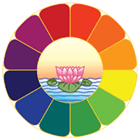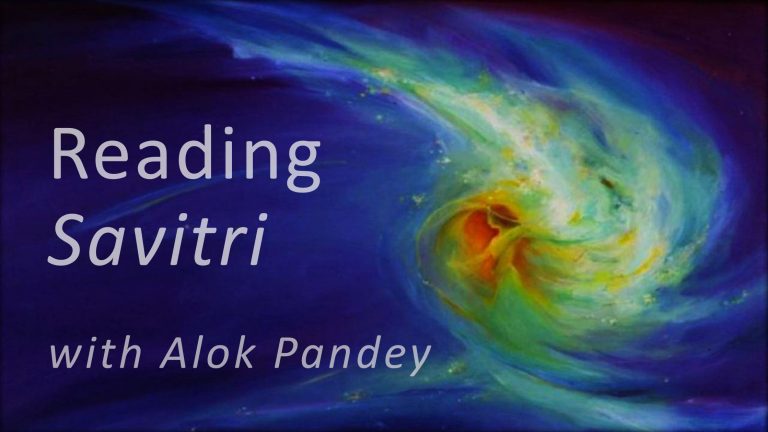‘Essays Divine and Human’ (CWSA volume 12) is a marvellous collection of essays, short writings and mind-widening aphorisms. These are essays that Sri Aurobindo wrote after his arrival in Pondicherry in 1910 but which were not seen by him before publication. Another set of essays, also written in Pondicherry but which were seen by him before publication, became a part of CWSA 13 (‘Essays in Philosophy and Yoga’).
The volume ‘Essays Divine and Human’ naturally does not follow a theme as books do, but the essays still can be grouped into 5 or 6 distinct categories.
The largest number of pages are dedicated to the Psychology of Yoga and the Science of Consciousness. These two could well form separate and distinct books. In the Essays centred around the Psychology of Yoga, we find clear and concise definitions of terms such as Yoga, Traditional Yoga, Partial and complete systems of yoga, Integral Yoga, Supramental Yoga, Yoga of Transformation with their subtle shades of difference. The writings on yoga include definitions of difficult, almost indefinable terms such as Parabrahman, Parapurusha, Mukti and Moksha. A series of essays on the psychology of yoga brings to us with force and clarity how do yoga systems work woven as they are with our intricate complex psychology, what are the conditions of yoga, how does yoga help in the conscious evolution of the natural man into the supernatural man. The object and the way of yoga are also clearly defined as also the entire metaphysical basis of Involution and Evolution. These definitions are not found anywhere else in Sri Aurobindo’s writings making this volume a must-read for all who want to understand the profound basis of yoga. If there is any work that demystifies yoga without losing its soul then we find it here in Sri Aurobindo’s writings.
Then there is another set of writings that are priceless treasures and relate to laying down the broad lines with regard to the Science of consciousness. They are indeed a diamond mine for those who wish to engage with spirituality through the door of science. In these essays, one feels that Sri Aurobindo was laying responding to the challenge that spirituality was facing in modern times from science. He explains things beautifully and lucidly as if it were a scientific treatise logically and cogently. All that remains perhaps is to fill in the gaps with researches in the specific areas shown by him as pointers.
The third set of writings contains short pieces written in a prophetic and revelatory vein. These are powerful and one can feel that they are like intense sun rays pouring down upon earth from some highest peak beyond earth. It is as if a God was cautioning man to rise towards the Godhead he is meant to be. Or else a great tapaswi who had risen to realms beyond thought and, transmuted by the white spiritual ray of the supramental sun was yet drawing humanity upwards by the sheer power of his mantric words.
The fourth set of essays can be put in the miscellaneous category since they touch upon subjects as diverse as Siddhis to the Beauty of a crow’s wings and then as if moving amidst galaxy looks at the earth as a child, would look at a puzzle whose solution he has found.
Also, there are a set of writings that define the various yogas distinctly building up to the climax of the yoga of transformation.
Finally, there are the Thoughts and Aphorisms that are unique in their style and presentation as if a sword of light was piercing through the grey vault of our mind and bringing the distant stars close to our sight. Many of them carry a tinge of divine humour looking upon the follies of our thought and pointing it to us through a gentle divine irony. The Mother has commented upon many of these Aphorisms.



